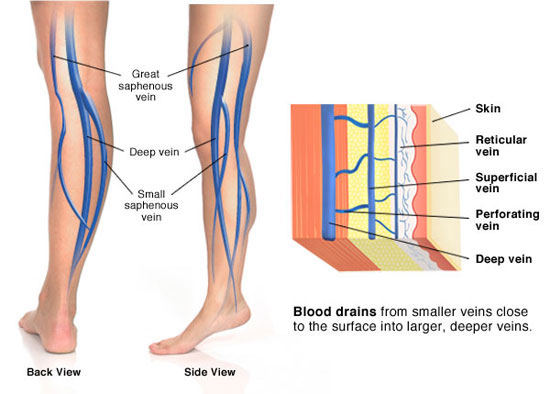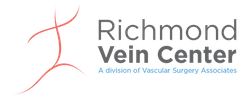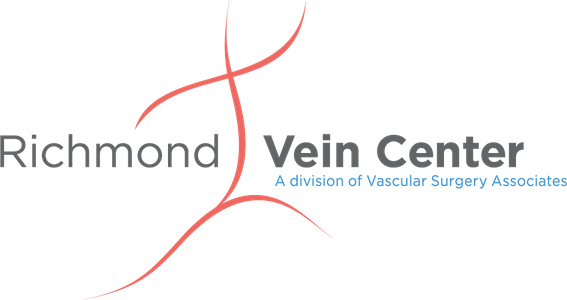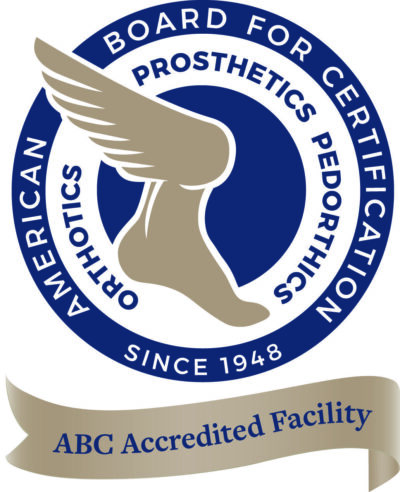What Is Venous Reflux Disease?
In venous insufficiency states, venous blood refluxes (flows) backwards down the veins. Venous insufficiency syndromes are caused by valvular incompetence in the high-flow deep venous system, low-flow superficial venous system, or both. Untreated venous insufficiency in the deep or superficial system causes a progressive syndrome involving pain, swelling, skin changes, varicose veins, spider veins and eventual tissue breakdown.
Healthy Leg Veins
The job of the veins is to carry blood from the organs and limbs to the heart. The job of the arteries is to carry oxygen-rich blood from the heart to the rest of the body. The blood then drains back into the veins, and the cycle begins again.

Returning Blood to the Heart
To get from the feet and legs to the heart, blood has to flow upward meaning that it must work against gravity. The action of the calf and thigh muscles helps pump blood upward. Valves (small flaps inside the veins) open to let the blood through, then close to keep it from flowing backward. This in turn allows blood to move against gravity, to return to the heart.
Development of Venous Reflux Disease
Venous disease, which includes spider veins (telangectasias) and the larger varicose veins, is influenced by many factors including heredity, pregnancy, hormonal changes, excessive standing, weight gain and age. Venous disease is very common. Varicose veins, one of the more common forms of venous disease, affects 72% of females and 43% of males by the time they reach the 60-69 years-old.






